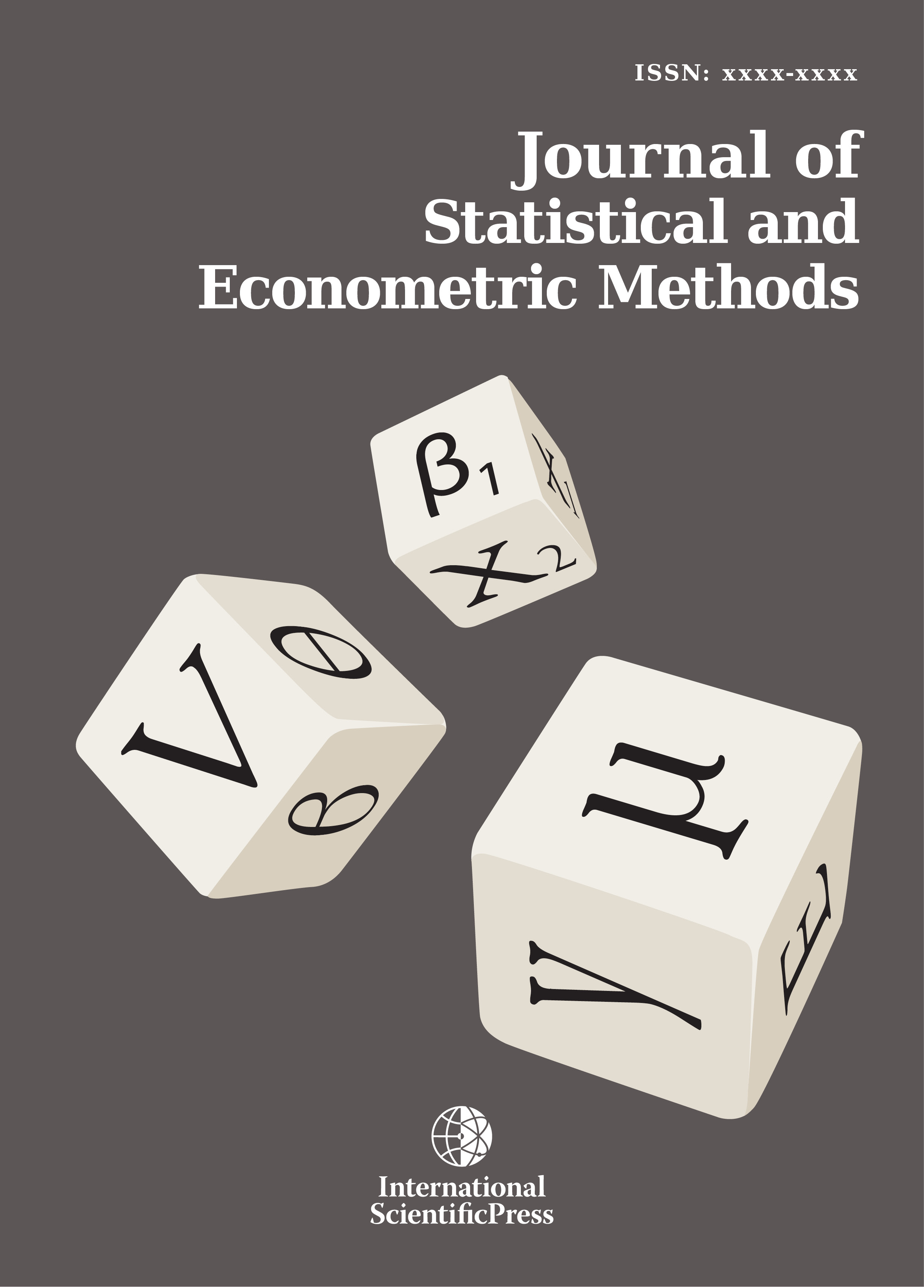Journal of Statistical and Econometric Methods
A Modeling Study on the Estimation of COVID-19 Daily and Weekly Cases and Reproduction Number Using the Adaptive Kalman Filter: The Example of Ziraat Bank, Turkey
-
 [ Download ]
[ Download ]
- Times downloaded: 9051
Abstract
Since the beginning of 2020, the world has been struggling with a viral epidemic (COVID-19), which poses a serious threat to the collective health of the human race. Mathematical modeling of epidemics is critical for developing such policies, especially during these uncertain times. In this study, the reproduction number and model parameters were predicted using AR(1) (autoregressive time-series model of order 1) and the adaptive Kalman filter (AKF). The data sample used in the study consists of the weekly and daily number of cases amongst the Ziraat Bank personnel between March 11, 2020, and April 19, 2021. This sample was modeled in the state space, and the AKF was used to estimate the number of cases per day. It is quite simple to model the daily and weekly case number time series with the time-varying parameter AR(1) stochastic process and to estimate the time-varying parameter with online AKF. Overall, we found that the weekly case number prediction was more accurate than the daily case number (R2 = 0.97), especially in regions with a low number of cases. We suggest that the simplest method for reproduction number estimation can be obtained by modeling the daily cases using an AR(1) model.
JEL classification numbers: C02, C22, C32.
Keywords: COVID-19, Modeling, Reproduction number estimation, AR(1), Kalman filter.
